Filter by
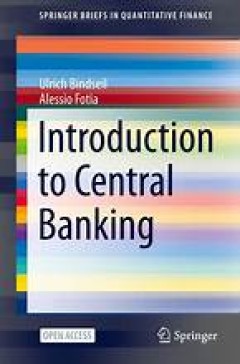
Introduction to Central Banking
This open access book gives a concise introduction to the practical implementation of monetary policy by modern central banks. It describes the conventional instruments used in advanced economies and the unconventional instruments that have been widely adopted since the financial crisis of 2007–2008. Illuminating the role of central banks in ensuring financial stability and as last resort len…
- Edition
- 1
- ISBN/ISSN
- 978-3-030-70884-9
- Collation
- Banking
- Series Title
- SpringerBriefs in Quantitative Finance
- Call Number
- 332
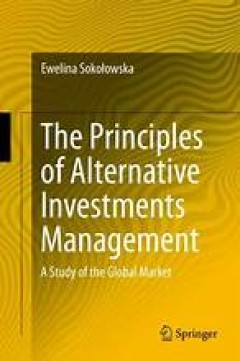
The Principles of Alternative Investments Management
The purpose of this book is to present the principles of alternative investments in management. The individual chapters provide a detailed analysis of various classes of alternative investments on the financial market. Despite many different definitions of alternative investments, it can be assumed that a classical approach to alternative investments includes hedge funds, fund of funds (FOF), m…
- Edition
- 1
- ISBN/ISSN
- 978-3-319-13215-0
- Collation
- Manajemen
- Series Title
- -
- Call Number
- 658
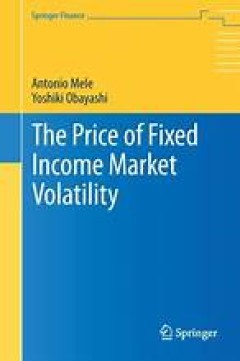
The Price of Fixed Income Market Volatility
Fixed income volatility and equity volatility evolve heterogeneously over time, co-moving disproportionately during periods of global imbalances and each reacting to events of different nature. While the methodology for options-based "model-free" pricing of equity volatility has been known for some time, little is known about analogous methodologies for pricing various fixed income volatilities…
- Edition
- 1
- ISBN/ISSN
- 978-3-319-26523-0
- Collation
- Manajemen
- Series Title
- Springer Finance
- Call Number
- 658
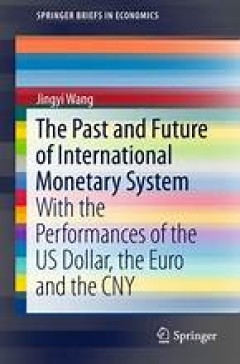
The Past and Future of International Monetary System
This book examines essential problems in the current International Monetary System, especially those concerning the International Standard. To do so, it focuses on the different monetary systems of today’s major currencies – the US dollar, the euro and the CNY, as well as the performance of the standards used in the international monetary system, i.e., the SDRs. In addition, it projects the…
- Edition
- 1
- ISBN/ISSN
- 978-981-10-0164-2
- Collation
- -
- Series Title
- SpringerBriefs in Economics
- Call Number
- -
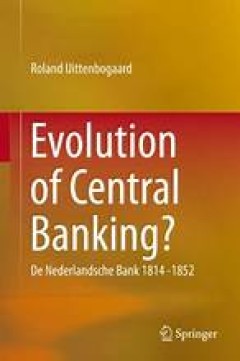
Evolution of Central Banking?
The book analyses the establishment of De Nederlandsche Bank and its early development as a case study to test competing theories on the historical development of central banking. It is shown that the establishment of DNB can be explained by both the fiscal theory and the financial stability theory. Later development makes clear that the financial stability role of DNB prevailed. DNB´s bank no…
- Edition
- 1
- ISBN/ISSN
- 978-3-319-10617-5
- Collation
- -
- Series Title
- XV, 170 14 illustrations in colour ,
- Call Number
- -
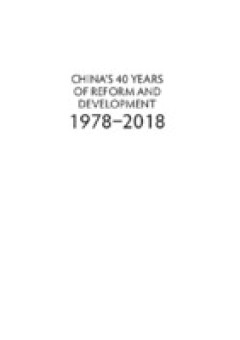
China’s 40 Years of Reform and Development: 1978–2018
The year 2018 marks 40 years of reform and development in China (1978–2018). This commemorative book assembles some of the world’s most prominent scholars on the Chinese economy to reflect on what has been achieved as a result of the economic reform programs, and to draw out the key lessons that have been learned by the model of growth and development in China over the preceding four decade…
- Edition
- -
- ISBN/ISSN
- 9781760462246
- Collation
- -
- Series Title
- -
- Call Number
- -
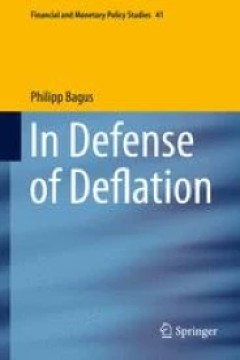
In Defense of Deflation
This book analyses the causes and consequences of deflation. In contrast to the widespread belief that deflation would be harmful to the economy as a whole, the author argues that free market deflation is liberating and beneficial. Several myths of deflation are exposed and the reasons for the widespread deflation phobia that serves to justify expansionary monetary policy, i.e., inflation are i…
- Edition
- -
- ISBN/ISSN
- 978-3-319-13427-7
- Collation
- XVII, 215
- Series Title
- -
- Call Number
- 330 BAG i

Saving and Investment in the Twenty-First Century
The economy of the 21st century in the OECD countries and in China, is characterized by a new phenomenon: the structural surplus of private savings in relation to private investment. This is true even in a situation of prosperity and very low interest rates. On the one hand, this excess saving is due to people's increasing inclination to save in light of rising life expectancy, driven by the de…
- Edition
- -
- ISBN/ISSN
- 9783030750312
- Collation
- -
- Series Title
- -
- Call Number
- -

Retirement on the Rocks
In the US, retirement savings are low while risk exposure is high, thus dooming many retirees to a low standard of living. This book offers straightforward solutions to build real retirement security for American families.
- Edition
- Ed. 1
- ISBN/ISSN
- 978-1-137-57514-2
- Collation
- -
- Series Title
- -
- Call Number
- -
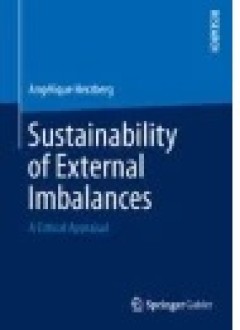
Sustainability of External Imbalances
Since the mid-1990s, sustainability of large and persistent current account positions have been attracting much attention from policy makers and economists alike. Alongside global imbalances, sustainability of imbalances within the euro area, which started widening shortly after the introduction of the euro, raised much concern. While there exists a large body of theoretical and empirical liter…
- Edition
- -
- ISBN/ISSN
- 978-3-658-07091-5
- Collation
- XI, 329
- Series Title
- -
- Call Number
- -
 Computer Science, Information & General Works
Computer Science, Information & General Works  Philosophy & Psychology
Philosophy & Psychology  Religion
Religion  Social Sciences
Social Sciences  Language
Language  Pure Science
Pure Science  Applied Sciences
Applied Sciences  Art & Recreation
Art & Recreation  Literature
Literature  History & Geography
History & Geography